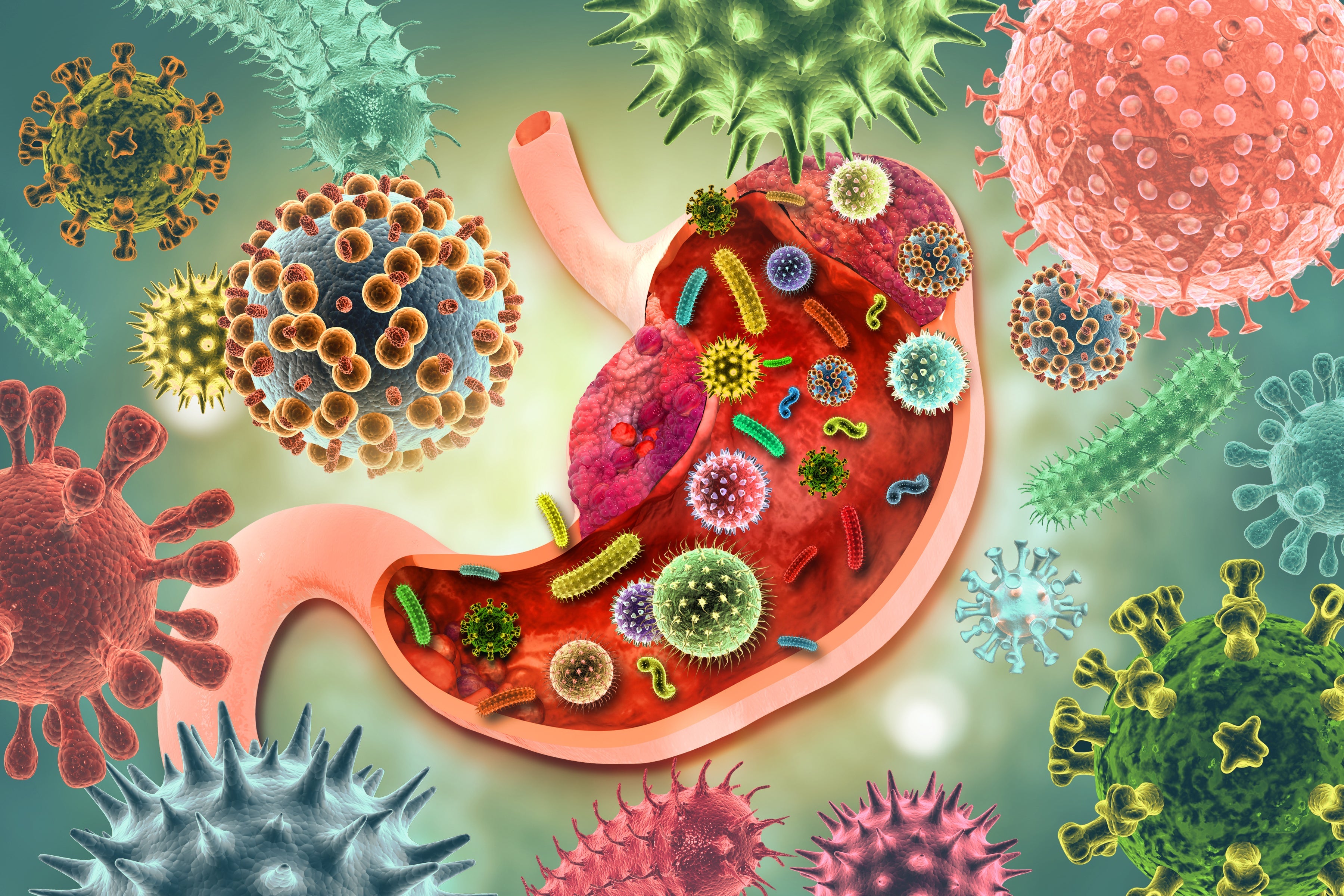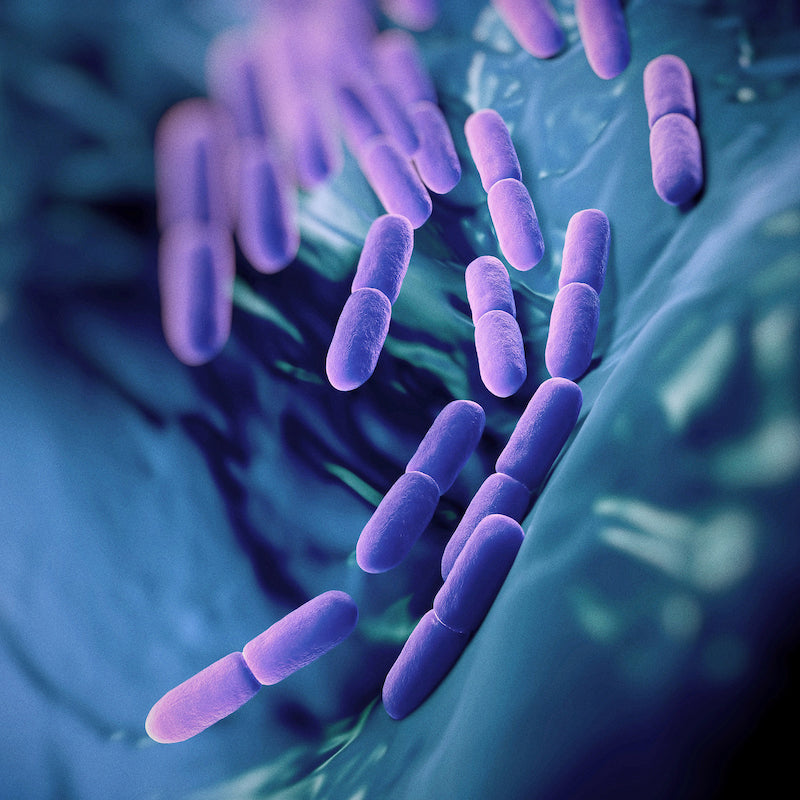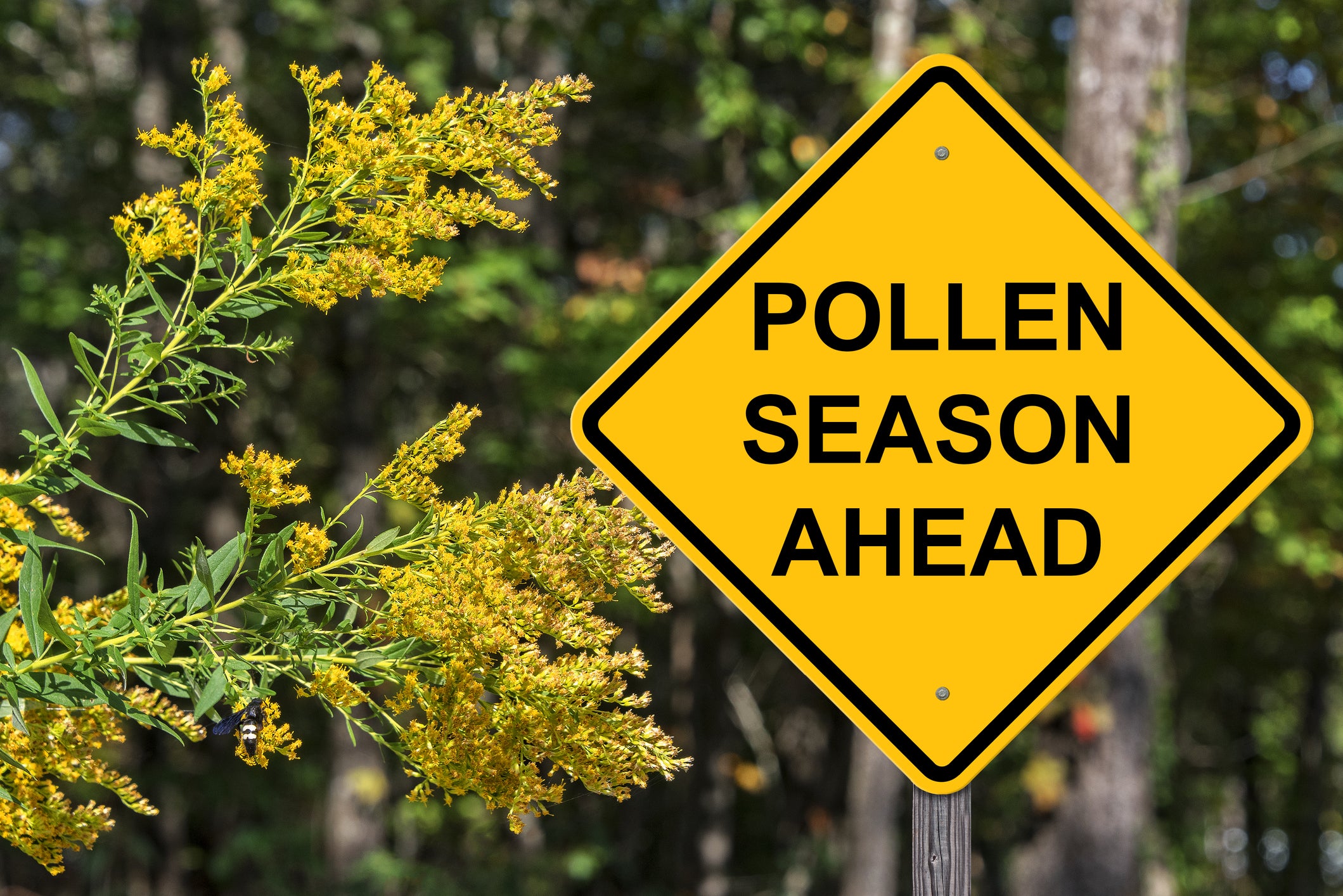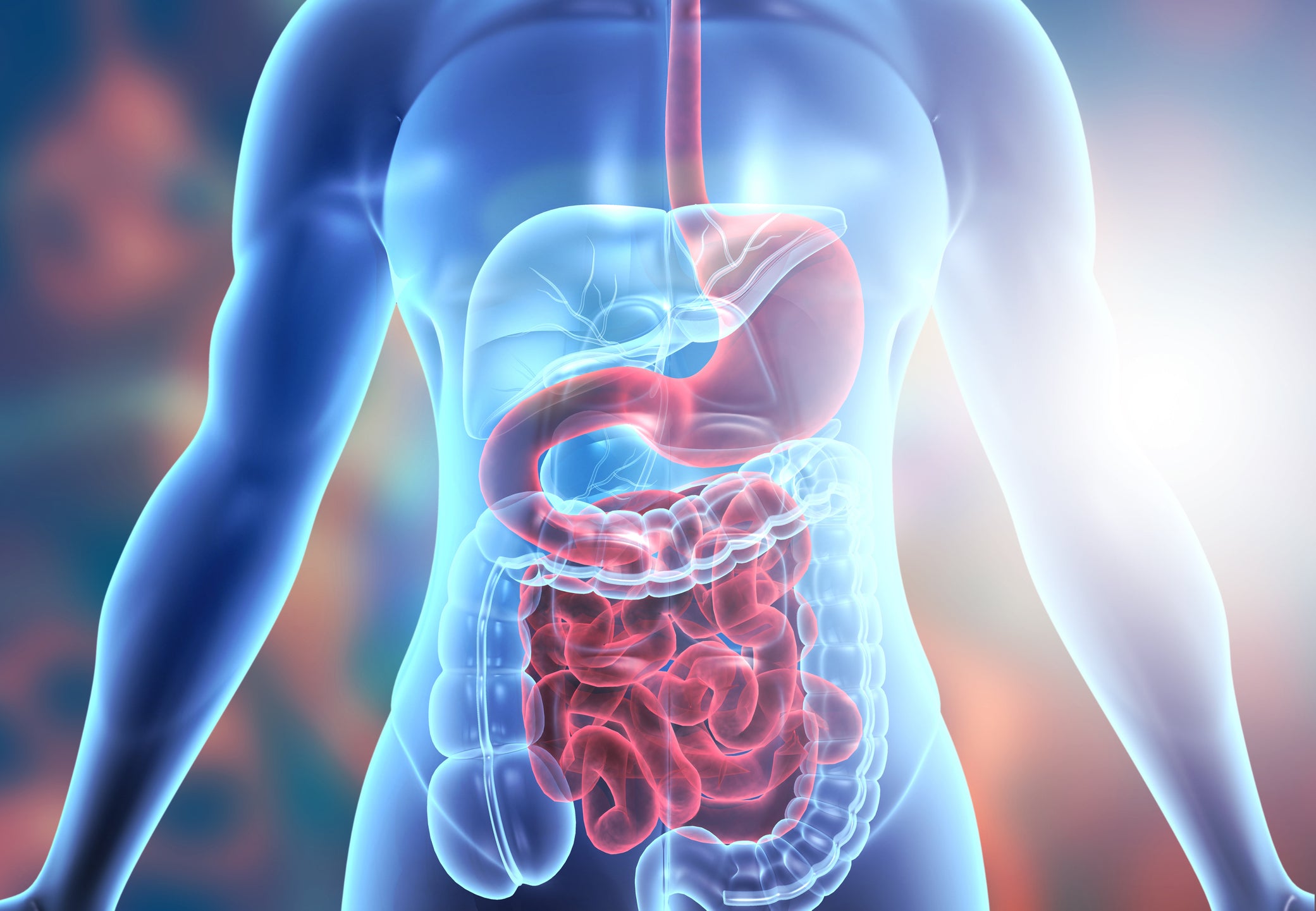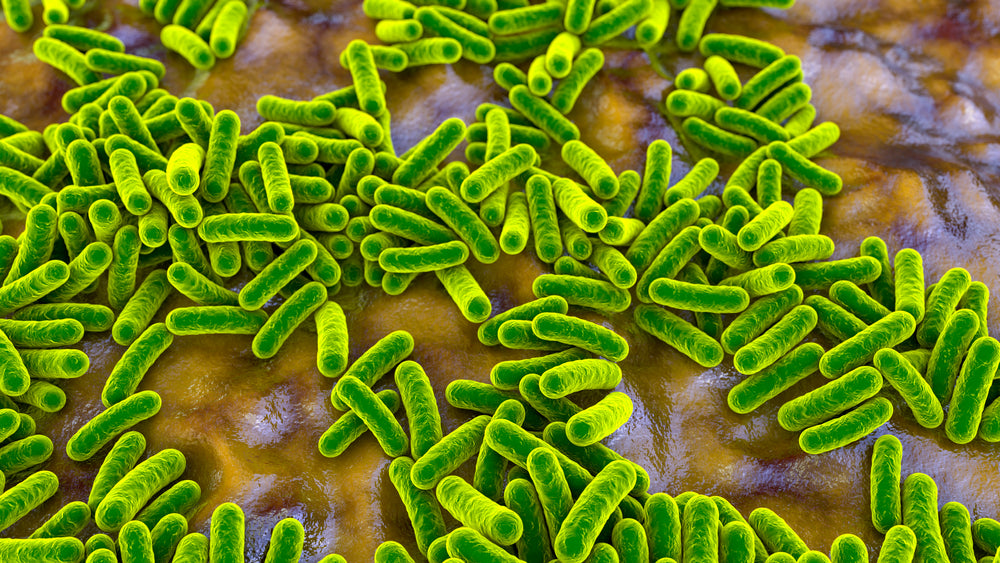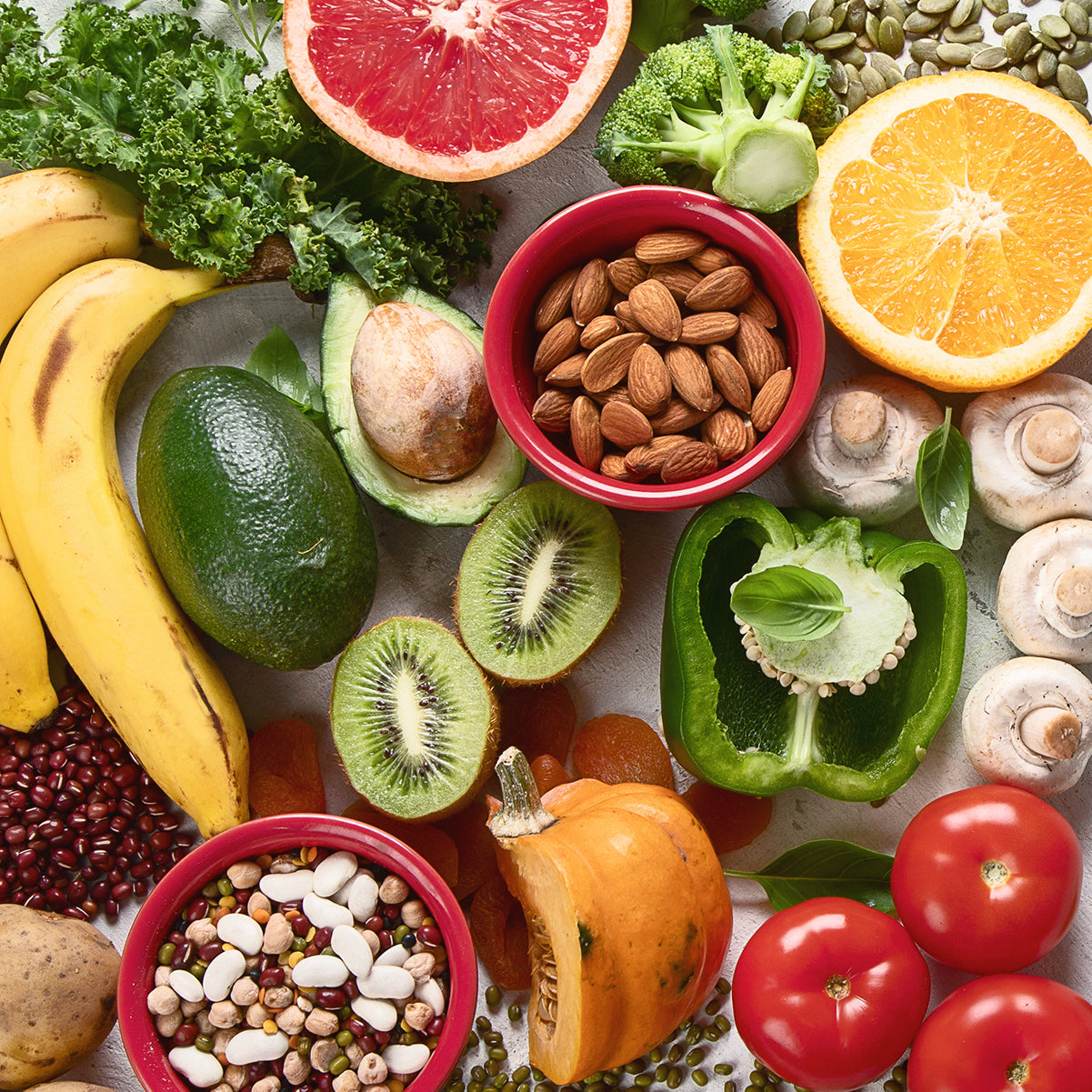AUDIENCE: Consumer
AUTHOR: Rachel Hawkins (Dietitian & Nutritionist)
The world is becoming increasingly aware of the importance of good nutrition for health. But what country has the healthiest diet? Accredited Practicing Dietitian and Nutritionist, Rachel Hawkins, compares the dietary guidelines of ten popular countries to determine who will come out on top!
Good nutrition is important for all aspects of health. A healthy diet helps to protect against malnutrition and the risk of noncommunicable diseases such as diabetes, heart disease, stroke and cancer.1 But establishing dietary guidelines is no easy task. While the World Health Organisation (WHO) makes global dietary recommendations, it is up to each country to modify these to make them suitable for their population.
Why? Because people that live in different countries lead different lifestyles that involve different diets; from the food that is accessible, to the way it is prepared, and even the pattern by which it is consumed.
DIETARY GUIDELINES OF TEN COUNTRIES AROUND THE WORLD
We summarise the dietary guidelines of ten countries (including when they were last reviewed) below.
- Australia
The Australian Guide to Healthy Eating uses a plate model to visually represent what proportion of the five food groups should be eaten each day. The food groups included on this plate are grain (cereal) foods; vegetables, legumes and beans; fruits; lean meats and poultry, fish, eggs, tofu, nuts and seeds; and dairy products (mostly reduced fat) and/or dairy alternatives.2,3
Key Messages from dietary guidelines:2,3
- To achieve and maintain a healthy weight, be physically active and choose amounts of nutritious food and drinks to meet your energy needs
- Enjoy a wide variety of nutritious foods from the aforementioned five food groups every day
- Limit intake of foods containing saturated fat, added salt, added sugars and alcohol
- Replace high fat foods which contain predominately saturated fats such as butter, cream, cooking margarine, coconut and palm oil with foods that contain predominantly polyunsaturated and monounsaturated fats such as oils, spreads, nut butters/pastes and avocado.
- Encourage, support and promote breastfeeding
- Care for your food; prepare and store it safely
- Drink plenty of water
Last reviewed? 2013
- New Zealand
Interestingly, New Zealand does not have a visual guide to model their current healthy eating guidelines. Instead, their guidelines are only available in written form.4 The New Zealand Heart Foundation adopted the use of The Healthy Heart Visual Food Guide (pictured) in 2013 as a means to represent cardio-protective eating patterns, however this model does not represent New Zealand’s national eating guidelines.5
Key Messages from dietary guidelines: 4,6
- Enjoy a variety of nutritious foods everyday including:
- Plenty of vegetables and fruit
- Grain foods, mostly whole grain and those naturally high in fibre
- Some milk and milk products, mostly ow reduced fat
- Some legumes, nuts, seeds, fish and other seafood, eggs, poultry and/or red meat with the fat removed
- Choose and/or prepare foods and drinks
- With unsaturated fats instead of saturated
- That are low in salt (sodium)
- With little to no added sugar
- That are mostly ‘whole’ and less processed
- Make plain water your first drink of choice
- If you drink alcohol, keep your intake low
- Buy or gather, prepare, cook and store food in ways that jeep it safe to eat.
Last reviewed? 2013
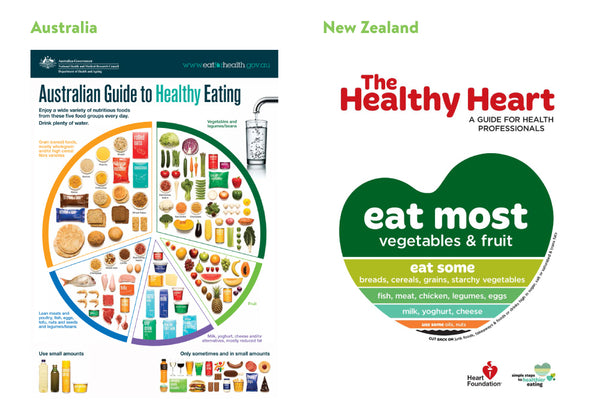
- Singapore
Singapore’s My Healthy Plate visually represents the proportion of foods that Singaporean’s should eat at each meal.7 My Healthy Plate is a practical guide for showing people what to eat at each meal and in what amounts in order to adopt and maintain healthy eating habits for life.7,8
Key Messages from dietary guidelines:7,8
- Achieve and maintain a body weight within the normal range
- Eat a sufficient amount of grains, especially wholegrains
- Eat more fruit and vegetables everyday
- Chose and prepare food with less fat, especially saturated fat
- Choose and prepare food with less salt and sauces
- Choose beverages and food with less sugar
- If you drink alcohol, do so in moderation (one standard drink per day for women and two for men)
Last reviewed? 2003
- United Kingdom
Similar to Australia, the United Kingdom’s Eatwell Guide uses a plate model to visually represent what proportion of the five food groups should be eaten each day. However, unlike Australia, the five food groups they reference are different. The food groups included in the Eatwell Guide are potatoes, bread, rice, pasta and other starchy carbohydrates; fruit and vegetables, beans, pulses, fish eggs, meat and other proteins, dairy and dairy alternatives and oils and spreads.9,10
Key Messages from dietary guidelines:9,10
- Eat at least five portions of a variety of fruit and vegetables every day.
- Base meals on potatoes, bread, rice, pasta or other starchy carbohydrates; choosing wholegrain versions where possible.
- Have some dairy or dairy alternatives (such as soya drinks); choosing lower fat and lower sugar options.
- Eat some beans, pulses, fish, eggs, meat and other proteins (including 2 portions of fish every week, one of which should be oily).
- Choose unsaturated oils and spreads and eat in small amounts
- Drink 6-8 cups/glasses of fluid a day
- If consuming foods and drinks high in fat, salt or sugar have these less often and in small amounts
Last reviewed? 2016

- United States of America
The USA use the My Plate model to visually represent what proportion of food should be eaten at each meal.11
Key Messages from dietary guidelines:11,12,13
- Follow a healthy eating pattern across the lifespan. A healthy eating pattern includes:
- A variety of all vegetables, legumes and beans
- Fruits
- Grains, at least half of which are whole grains
- Fat-free or low-fat dairy and/or fortified soy
- A variety of protein foods including seafood, lean meats, poultry, eggs, legumes, beans, nuts, seeds and soy products
- Oils
- Limits saturated and trans fats, sugars and sodium
- Focus on variety, nutrient density, and amount.
- Limit calories from added sugars and saturated fats and reduce sodium intake.
- Shift to healthier food and beverages choices.
- Support healthy eating patterns for all.
Last reviewed: 2015
- Canada
Canada’s Food Guide uses a plate model to visually represent what proportion of foods should be eaten each day. Canada’s Food Guide uniquely suggests that healthy eating is more than the foods that you eat but also about where, when, why and how you eat.14
Key Messages from dietary guidelines:14,15
- Be mindful of your eating habits. Take time to eat and notice when you are hungry and full
- Cook more often
- Enjoy your food (culture and food traditions are a part of healthy eating too!)
- Eat meals with others
Make it a habit to eat a variety of healthy foods each day:
- Eat plenty of vegetables and fruits, whole grain foods and protein foods. Choose protein foods that come from plants more often.
- Limit highly processed foods, sodium, sugars and saturated fat
- Choose foods with healthy fats
- Make water your drink of choice
- Use food labels
- Be aware that food marketing can influence your choices
Last reviewed? 2019
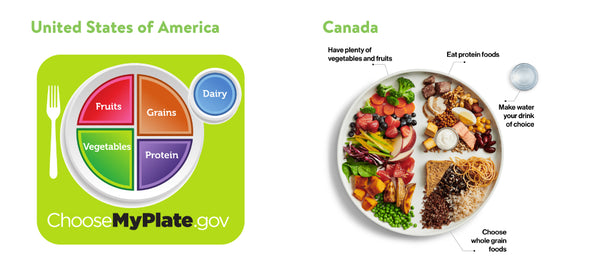
- China
China’s Food Guide Pagoda embodies the core recommendations of China’s dietary guidelines. It includes five levels, representing the recommended proportion of the different food groups that should be eaten each day.16
Key Messages from dietary guidelines:16,17
- Eat a variety of foods, with cereals as the staple.
- Balance eating and exercise to maintain a healthy body weight.
- Consume plenty of vegetables, milk, and soybeans.
- Consume an appropriate amount of fish, poultry, eggs, and lean meat.
- Reduce salt and oil, and limit sugar and alcohol.
- Eliminate waste and develop a new ethos of diet civilization.
- Drink plenty of water
- Daily physical activity
Last revised? 2016
- Thailand
Thailand’s Nutrition Flag uses a hanging flag to visually represent the type and amount of each food group that should be eaten each day. The four food groups include rice, rice products, other grains and starchy foods; vegetables and fruits; meat, legumes, eggs and milk; and oil, sugar and salt.18
Key Messages from dietary guidelines:18
- Eat a variety of foods from each of the food groups and maintain a proper weight.
- Eat adequate amounts of rice or alternate carbohydrate sources.
- Eat plenty of vegetables and fruits regularly.
- Eat fish, lean meat, eggs, legumes and pulses regularly.
- Drink in appropriate quality and quantity for one’s age.
- Eat a diet containing appropriate amounts of fat.
- Avoid sweet and salty foods.
- Eat clean and safe foods.
- Avoid or reduce the consumption of alcoholic beverages.
Last updated? 1998

- Spain
Spain’s Food Pyramid visually represent the frequency that different foods should be consumed in the overall diet and is based on a traditional Mediterranean Diet. The Food Pyramid is divided into three levels of consumption: daily at the base (wholegrain cereals and products, fruits, vegetables, olive oil and dairy products), weekly (fish, poultry, pulses, nuts, potatoes, eggs, red meat and meat products) and occasionally on top (sweets, snacks and sweetened beverages). The pyramid also includes recommendations on physical activity.19,20
Key Messages from dietary guidelines:19,20
- Enjoy a variety of foods. Divide your daily food intake into five or six small meals, for example: breakfast, snack, lunch, snack and dinner.
- Breakfast is an important meal in your diet.
- Eat plenty of cereals, preferably wholegrain.
- Try and eat five portions of fruits and vegetables every day.
- Eat milk and dairy products every day.
- Eat fish two to four times a week.
- Eat small amounts of fat and high-fat foods.
- Use good fats, such as unsaturated fatty acids (olive oil), omega-6 (sunflower oil and soya oil) and omega-3 (nuts and soya oil and fatty fish).
- Prefer carbohydrates and fibre-rich foods.
- Limit salt intake to less than 5 g per day.
- Water is the best drink – drink at least 1.5 litres every day.
- Watch your weight and stay active. Do physical activity regularly
Last reviewed? 2016
- India
India uses a number of graphical elements to represent the messages of its dietary guidelines, one of them being a Food Pyramid. Similar to Spain, the Food Pyramid is divided into levels that indicate the frequency of food consumption: sufficient quantity at the base (cereals and legumes/beans), liberally (vegetables and fruits), moderately (animal foods and oils) and sparingly at the top (highly processed foods high in sugar and fat).21
Key Messages from dietary guidelines:21
- Eat a variety of foods to ensure a balanced diet.
- Eat plenty of vegetables and fruits.
- Ensure moderate use of edible oils and animal foods and use a minimum of ghee/butter/vanaspati.
- Minimize the use of processed foods rich in salt, sugar and fats.
- Adopt the right pre-cooking processes and appropriate cooking methods.
- Avoid overeating to prevent overweight and obesity.
- Exercise regularly and be physically active to maintain ideal body weight.
- Ensure the use of safe and clean foods.
- Drink plenty of water
- Abstain from drinking alcohol
- Say no to smoking
Last reviewed? 2011

SO, WHAT COUNTRY HAS THE HEALTHIEST DIET?
Spain takes the gold medal here! Spain’s dietary guidelines are based on a Mediterranean Diet. The Mediterranean Diet is one of the world’s most well-researched diets due to the fact that many years ago researchers realised that people who lived in countries bordering the Mediterranean Sea (such as Greece, Italy and Spain) were healthier and had a lower risk of lifestyle related diseases compared to those who lived in other countries.22,23
A Mediterranean Diet may have health benefits and reduce risk of developing:22,23
- Heart disease, including heart attack
- Type 2 diabetes or its complications
- Some cancers, including bowel cancer
- Fatty liver disease
- Depression or improving its symptoms
- Cognitive decline, including dementia.
Such health benefits can be attributed to the fact that the foods in this diet are rich in antioxidant and anti-inflammatory properties. The diet also places a big focus on how food is eaten – cooked at home, mindfully and ideally shared with friends and family. In addition, the diet is thought to be incredibly sustainable which makes it easier for people to implement lifelong healthy eating habits.
A special mention goes to our friends in Canada for placing such a large emphasis on the where, when, why and how we eat in their newly revised guidelines – they take my second-place medal!
TIPS TO MAKE YOUR DIET HEALTHIER (AND DO LIKE THE MEDITERRANEAN DO)!
- Replace large serves of meat with vegetables in your meals. They should take up at least half your plate!
- Eat fish (especially oily fish like salmon) twice per week
- Switch red meats out for white meats
- Eat more legumes! If having mince, try replacing half the mixture with beans or lentils.
- Replace canola, sesame, coconut or other vegetable oils with extra virgin olive oil in cooking and dressings.
- Instead of spreading margarine or butter on bread try avocado
- Add nuts and seeds to salads and smoothies

A DAY ON A PLATE
Breakfast
Rolled oats made with your choice of milk, topped with fruit and a handful of chopped nuts and/or seeds. Add a scoop of CLP for a protein boost
Lunch
A roast pumpkin and lentil salad, including roast pumpkin, tomato, dark leafy greens, avocado, brown lentils and a honey mustard dressing made using a combination of extra virgin olive oil, seeded mustard, honey and a squeeze of lemon juice.
Dinner
Homemade pizzas using a wholemeal base topped with vegetables such as onion, zucchini, eggplant, capsicum and olives drizzled with extra virgin olive oil.
Snacks
- Fresh fruit
- Natural or Greek style yogurt
- Handful of nuts and/or seeds
References
- https://www.who.int/news-room/fact-sheets/detail/healthy-diet
- https://www.eatforhealth.gov.au/guidelines/australian-guide-healthy-eating
- http://www.fao.org/nutrition/education/food-dietary-guidelines/regions/countries/australia/en/
- https://www.health.govt.nz/system/files/documents/publications/eating-activity-guidelines-for-new-zealand-adults-oct15_0.pdf
- https://www.heartfoundation.org.nz/wellbeing/healthy-eating/eating-for-a-healthy-heart
- https://www.health.govt.nz/our-work/eating-and-activity-guidelines
- https://www.healthhub.sg/live-healthy/111/living_with_health_8_sets_diet_guidelines#:~:text=Aim%20to%20eat%20at%20least,drained%20canned%20or%20dried%20fruit.
- https://www.healthhub.sg/programmes/55/my-healthy-plate
- https://assets.publishing.service.gov.uk/government/uploads/system/uploads/attachment_data/file/742750/Eatwell_Guide_booklet_2018v4.pdf
- http://www.fao.org/nutrition/education/food-dietary-guidelines/regions/countries/united-kingdom/en/
- https://www.choosemyplate.gov/
- http://www.fao.org/nutrition/education/food-dietary-guidelines/regions/countries/united-states-of-america/en/
- https://health.gov/our-work/food-nutrition/2015-2020-dietary-guidelines/guidelines/
- https://food-guide.canada.ca/static/assets/pdf/CFG-snapshot-EN.pdf
- http://www.fao.org/nutrition/education/food-dietary-guidelines/regions/countries/canada/en/
- http://www.fao.org/nutrition/education/food-dietary-guidelines/regions/countries/china/en/
- http://en.cnsoc.org/yqui/pdf/web/viewer.html?file=http%3a%2f%2fen.cnsoc.org%2fpdfLl%2f221901202.html
- http://www.fao.org/nutrition/education/food-dietary-guidelines/regions/countries/thailand/en/
- http://www.fao.org/nutrition/education/food-dietary-guidelines/regions/countries/spain/en/
- https://www.nutricioncomunitaria.org/es/noticia/guias-alimentarias-senc-2016
- http://www.fao.org/nutrition/education/food-dietary-guidelines/regions/countries/india/en/
- https://academic.oup.com/nutritionreviews/article/64/suppl_1/S27/2258545
- https://www.health.qld.gov.au/__data/assets/pdf_file/0032/946049/cardiac-meddiet.pdf















